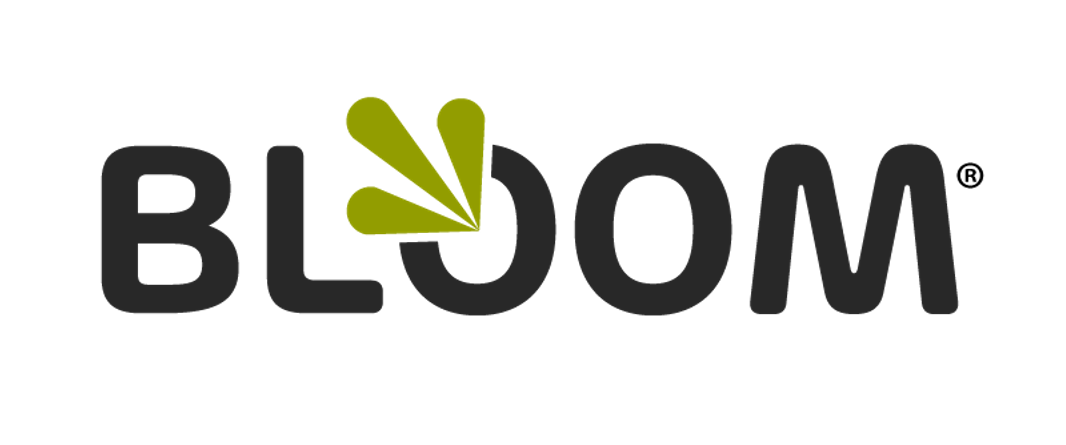Need to Know! Characteristics of Successful Teams
Characteristics of successful teams
Regardless of whether we’re talking about a sports team or a business team, there are several characteristics common to successful teams:
Clear goals
Clear roles
Clear communication
Beneficial team behaviors
Well-defined decision procedures
A plan for improvement
Balanced participation
Established norms and ground rules
Awareness of the team process
Scientific approaches
There are several types of teams, which are generally distinguished by three key characteristics: their purpose, duration (permanent or ad hoc), and membership (functional or cross-functional). Five types of teams generally seen in the business sector are:
Natural work groups: groups composed of people who work together every day
Business teams: groups of people who come together for a specific task.
Management teams: groups of people, usually peer managers, who come together to coordinate actions of the entire organization.
Problem-solving teams: groups of people who come together for a specific period to analyze a situation and suggest working alternatives.
New product/service teams: groups of people who come together to design or redesign a product or service.
To be effective, teams have several needs that must be met, including:
Clearly defined purposes and goals that serve the organization
Clearly defined parameters
Ability to communicate within the organization
People with the necessary knowledge and skills to accomplish their tasks.
Knowledge of how they are going to accomplish their tasks.
How teams operate
To accomplish their purpose and mission, teams must collaborate effectively. Teams that follow a proven process are more likely to achieve their goals. An effective process includes:
Identify the explicit purpose, problem, or issue the team will address
Determine a problem-solving process
Hold effective meetings (e.g., agendas, ground rules, and established roles)
Conclude collaborations (e.g., summarize decisions, review action items, and evaluate meetings)
Follow up (e.g., distribute notes and complete assignments)
In summary, businesses often claim to have “great teamwork,” but the proof lies in the process and the results.
Source: We have adapted portions of this post from P. Scholtes, B. Joiner, and B. Streibel, 2003, The Team Handbook, Oriel, Madison, WI.
